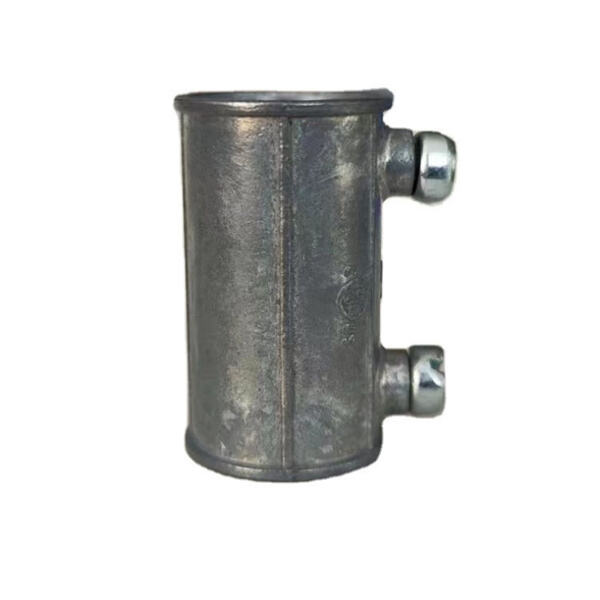Do you want to know how to join pipes together for your conduit system? You’ve landed in the right place! In this guide, we’ll go over everything you need to know about coupling for conduits, including what to consider when selecting a coupling for your system, how to install and anchor couplings, the different types of couplings and how to address common problems
It's important to know the basics of conduit coupling for pipes in order to get your system working effectively. These couplings are used to attach two pieces of conduit to ensure a continuous run of conduit for electrical wire. Without couplings your conduit would not be connected and your conduit system would be complete end unsafe
There are some points to think about when selecting suitable coupling for your conduit system. First you want to ensure your coupling is the same size as your conduit. If the coupling is too large or small for your system, it may cause leaks or make your system unstable. Next, think about the coupling material – plastic couplings are lightweight and easy to install, but metal couplings are more strong and durable
How to Install and Secure Coupling Of course, when installing your pipe ensure that you measure and cut it to the right length, that you have a lubricant for easy installation and that if you have screws or clamps, make sure that they are tightened in a secure manner. It is crucial to install coupling correctly, according to the manufacturer, to avoid problems down the road

Conduit couplings come in various styles, sizes, and shapes, depending on the application. Straight couplings are used to join two straight pieces of conduit; however, reducing couplings have cone-like ends that can be used to connect pipes of different sizes. conduit coupling are used to ground metal conduits, and flexible couplings are employed when there is movement or vibration.

Finding the ProblemsIf you know what to look for when it comes to coupling problems, you can catch issues early before they spiral out of control in your conduit system. If you see leaks, cracks, or light-feel pairs, then you have some conduit coupling that need to be replaced! If you check your couplers, and make sure any problems are fixed right away, it can help avoid very expensive repairs or replacements down the road.

In summary, conduits coupling are a fundamental aspect of all electrical systems, it connects pipes, and it does so safely and effectively. Once you grasp the fundamentals of couplings, select an appropriate coupling for your system, install couplings as directed, learn about the various types of couplings, and master troubleshooting techniques, you will be able to ensure a safe and efficient conduit system in your home or business.